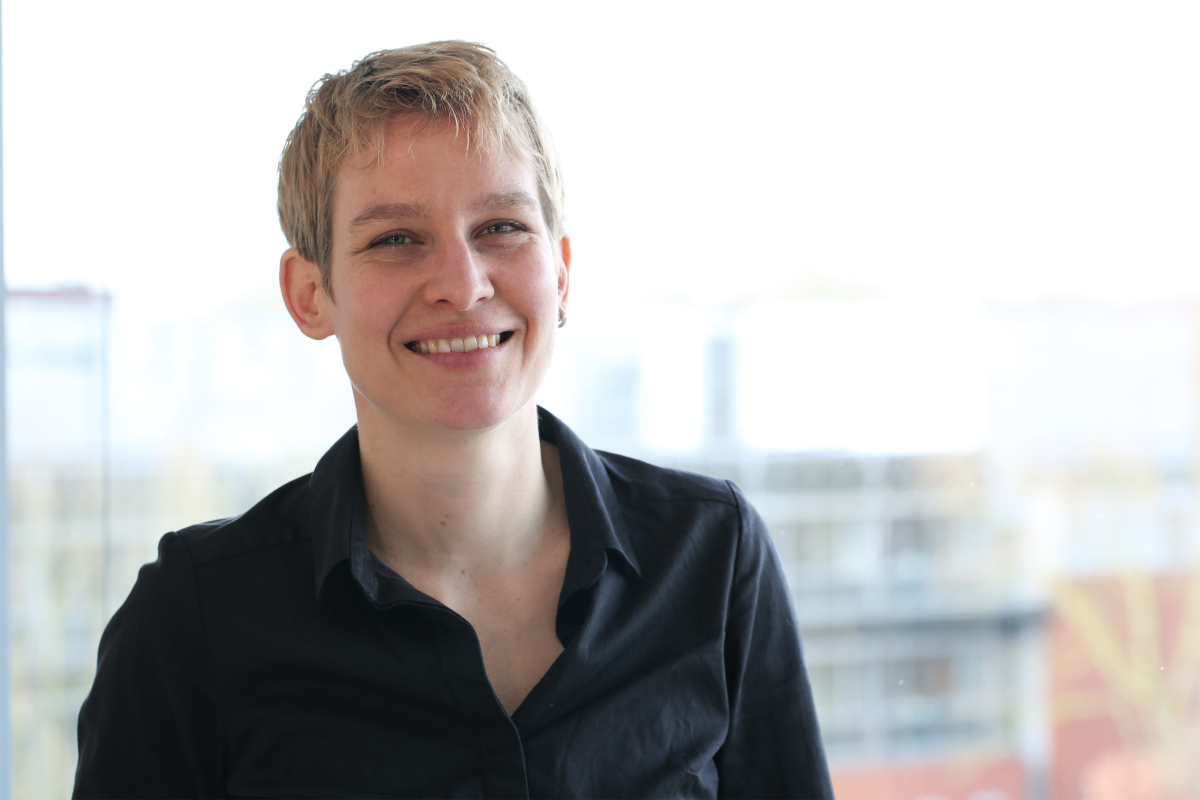- Presse
- Pressemeldungen
- The Molecular Choreography of Efficient Microbial Carbon Capture
The Molecular Choreography of Efficient Microbial Carbon Capture
As the scientific community seeks sustainable solutions to reduce our carbon dioxide (CO2) footprint, nature offers an abundance of inspiration. In addition to photosynthesis, six other natural pathways are known by which living organisms remove CO2 from the atmosphere to turn it into biomass. Understanding how these pathways work at an atomic level is an important step on the road to engineering climate solutions. The oldest CO2-fixation pathway, used in many oxygen-free environments, is known as the Wood-Ljungdahl pathway (WLP). The WLP is the most energy-efficient CO2-fixation pathway, allowing anaerobic bacteria and archaea to generate ATP through CO2 fixation.
A multidisciplinary work, led by Bonnie Murphy, Tristan Wagner and Gerhard Hummer, and involving researchers from the Max Planck Institutes of Biophysics, Marine Microbiology and Molecular Cell Biology and Genetics, solved the mysteries of the central enzyme of the WLP: the Carbon Monoxide Dehydrogenase/Acetyl-CoA Synthase (CODH/ACS) complex. This enzyme performs a dual function, first transforming CO2 to carbon monoxide (CO), and then using the CO to produce a central building block of metabolism called Acetyl-CoA.
Using a combination of electron microscopy, X-ray crystallography and computational techniques, the Max Planck researchers studied the architecture of CODH/ACS from the bacterium Clostridium autoethanogenum, a microbe that is used in industrial bioreactors to turn industrial waste gasses into biofuels. “It was very challenging to reconstitute the native complex under an atmosphere without oxygen because we had to purify the three different proteins at the same time to provide the highest quality sample for cryo-EM studies,” says lead author Olivier Lemaire from the MPI for Marine Microbiology.
The findings, published in the journal Science, provide a far more complete picture of how the complex carries out the demanding reactions of CO2 fixation. Max Yin, a postdoc at the MPI of Biophysics and one of the lead authors on the study, commented on the findings: “Although this protein complex has been studied in the past, there was still a lot still unknown about how it works at an atomic level. In particular, the acetyl-CoA synthase does a complicated molecular dance, rearranging and interacting with partner molecules in the cell, to be able to make Acetyl-CoA”.
"By describing the molecular juggling of Acetyl-CoA formation, we are visualizing one of the oldest reactions most probably occurring in LUCA (the Last Universal Cell Ancestor), but also a key enzyme operating carbon sequestration to promote carbon cycling technologies”, concludes Tristan Wagner, group leader at the MPI for Marine Microbiology.
Original publication
Max Dongsheng Yin, Olivier N. Lemaire et al. (2025): Conformational dynamics of a multienzyme complex in anaerobic carbon fixation.Science387,498-504(2025).
Please direct your queries to:
Pressereferentin
MPI for Marine Microbiology
Celsiusstr. 1
D-28359 Bremen
Germany
|
Raum: |
1345 |
|
Telefon: |

